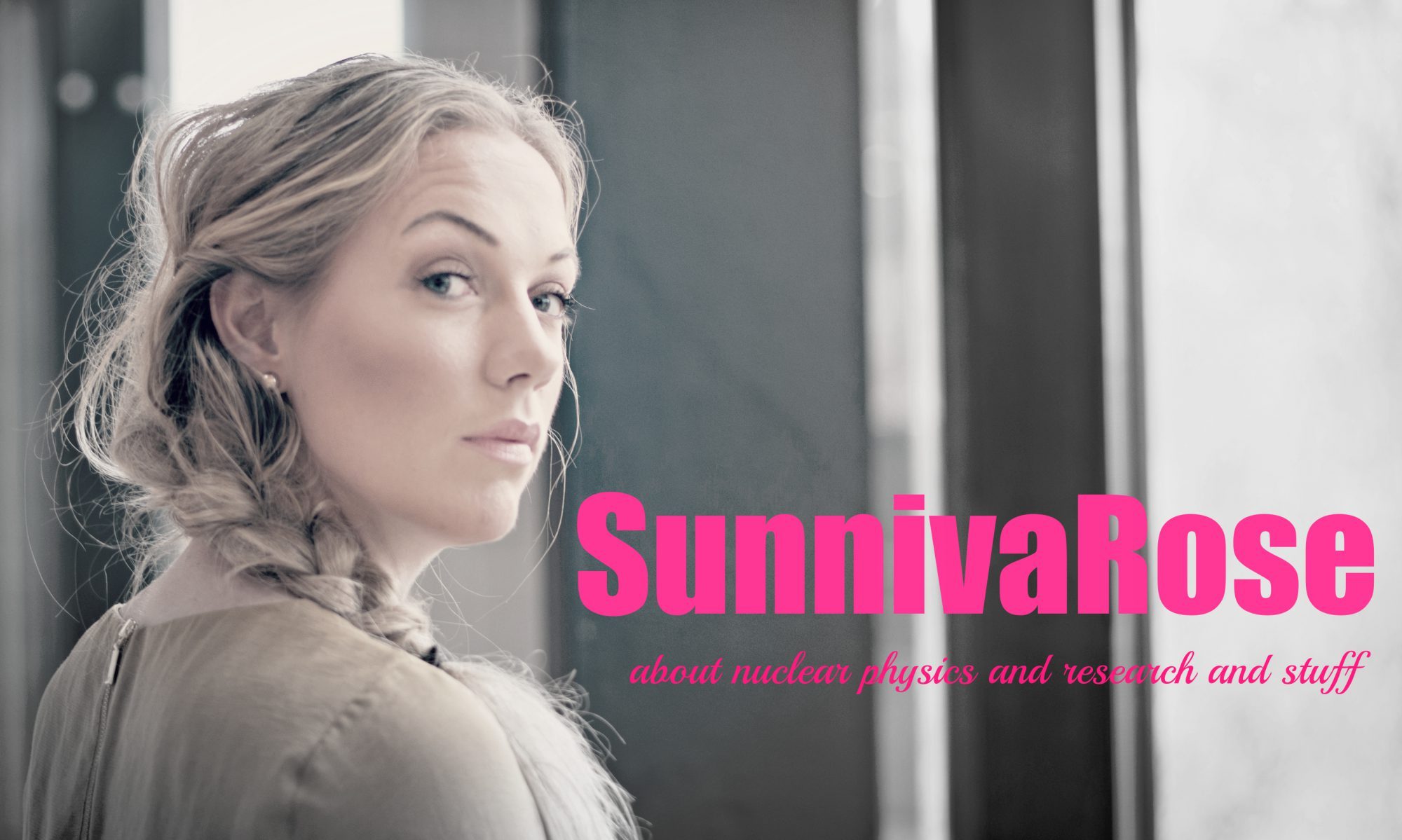Happy Thursday, and may I ask: how did it become Thursday already, and where did the first part of this day go?
Whatever the answer is, I'm back from a FANTASTIC week at Fuerteventura (a blogpost about the vacation will come), and now I'm "back in business", at my office.
Actually, we got home to Norway on Monday, then I had a mission in Trondheim on Tuesday - I was part of a fake PhD dissertation, as one of the opponents, yesterday was a day filled with starting to get back on track workwise, family obligations, and do you see anything new on me? Yes, it was also time to get glasses. So far, I think I like it - suddenly I can see stuff that was kind of blurry two days ago (and I do look kind of smart, don't I? 😛 ).
So today is my first, full day, at Blindern; the sun is shining, and even though it's starting to get cold here in Oslo, it feels good 🙂 Main goal of this day: get all figures and tables that I can possibly make into the draft of the article I'm working on (aka: the article that I haven't really worked on for some time...:/) - from this I will also know "where to go" tomorrow. I also need to be serious about the actual PhD thesis now, so writing on that will be quite high on my TO DO list in the next couple of weeks.
--------------------------------------------------------------------
BTW: There's something I've been thinking about. I often get questions in the commentary section either here on the blog, or on Facebook, on email, on Twitter etc, and many of these questions are too extensive for just a two sentences type of reply. Therefore I've been thinking about starting a "question of the month" thing - a dedicated blogpost for those extensive questions. I think if I'm going to do this, it should be on a fixed date every month, and I'm not sure exactly when that should be...but for now I think I'll start next week, and I'll just take it from there. What do you think, and do you have any questions? (I've been collecting questions from you for a long time, so I certainly have a lot to work on already 😉 )



Hei Sunniva
Var det ikke lave doser i Fukushima?
Så hva kan årsaken til denne kraftige økningen i skjoldbruskkjertelkreft i Fukushima komme av?
Kan dette ha noe å gjøre med at de radioaktive-isotopene er tatt opp i organet, slik at dosen blir stor lokalt. Altså det samme som å innhalere en "hot particle" som setter seg i lungevevet og fører til sykdom?
Abstract:
Background: After the Great East Japan Earthquake and Tsunami in March 2011, radioactive elements were released from the Fukushima Daiichi Nuclear Power Plant. Based on prior knowledge, concern emerged about whether an increased incidence of thyroid cancer among exposed residents would occur as a result.
Methods: After the release, Fukushima Prefecture performed ultrasound thyroid screening on all residents ages <=18 years. The first round of screening included 298,577 examinees, and a second round began in April 2014. We analyzed the prefecture results from the first and second round up to December 31, 2014, in comparison with the Japanese annual incidence and the incidence within a reference area in Fukushima Prefecture.
Results: The highest incidence rate ratio, using a latency period of 4 years, was observed in the central middle district of the prefecture compared with the Japanese annual incidence (incidence rate ratio = 50; 95% confidence interval [CI] = 25, 90). The prevalence of thyroid cancer was 605 per million examinees (95% CI = 302, 1,082) and the prevalence odds ratio compared with the reference district in Fukushima Prefecture was 2.6 (95% CI = 0.99, 7.0). In the second screening round, even under the assumption that the rest of examinees were disease free, an incidence rate ratio of 12 has already been observed (95% CI = 5.1, 23).
Conclusions: An excess of thyroid cancer has been detected by ultrasound among children and adolescents in Fukushima Prefecture within 4 years of the release, and is unlikely to be explained by a screening surge.
This is an open-access article distributed under the terms of the Creative Commons Attribution-Non Commercial-No Derivatives License 4.0 (CCBY-NC-ND), where it is permissible to download and share the work provided it is properly cited. The work cannot be changed in any way or used commercially.
Kilde: http://journals.lww.com/epidem/Abstract/publishahead/Thyroid_Cancer_Detection_by_Ultrasound_Among.99115.aspx
Hei, dette er et spennende spørsmål! Jeg lover ikke at jeg får svart på det på denne første "månedens spørsmål", men jeg legger det i mappen med lengre spørsmål, og lover å få tatt det med en gang jeg får tid 🙂
-Sunniva